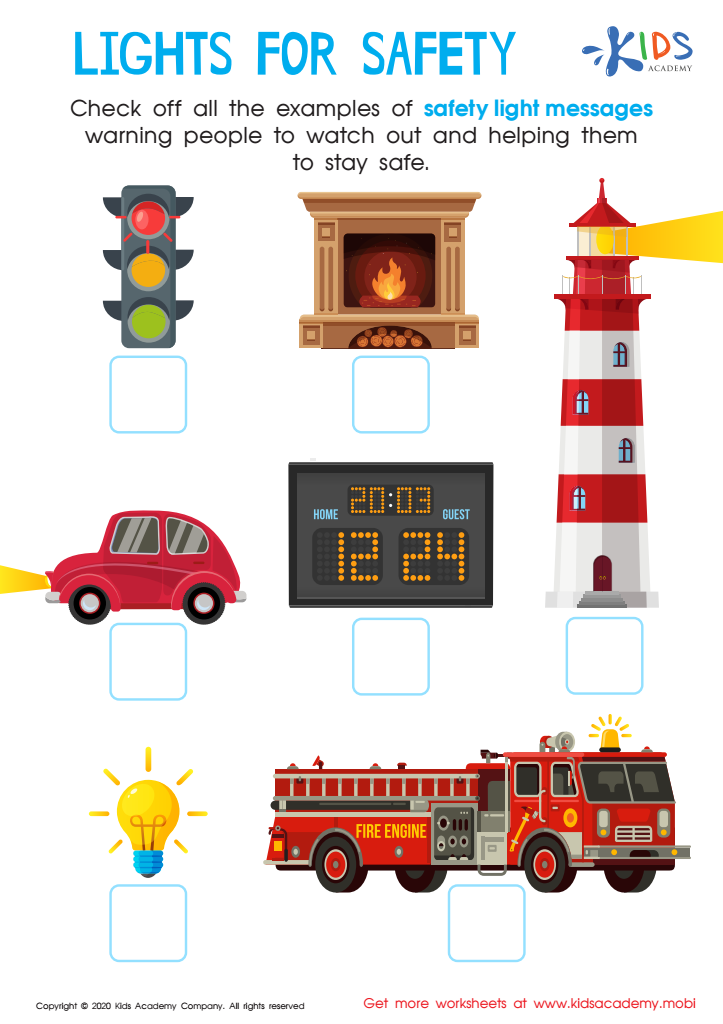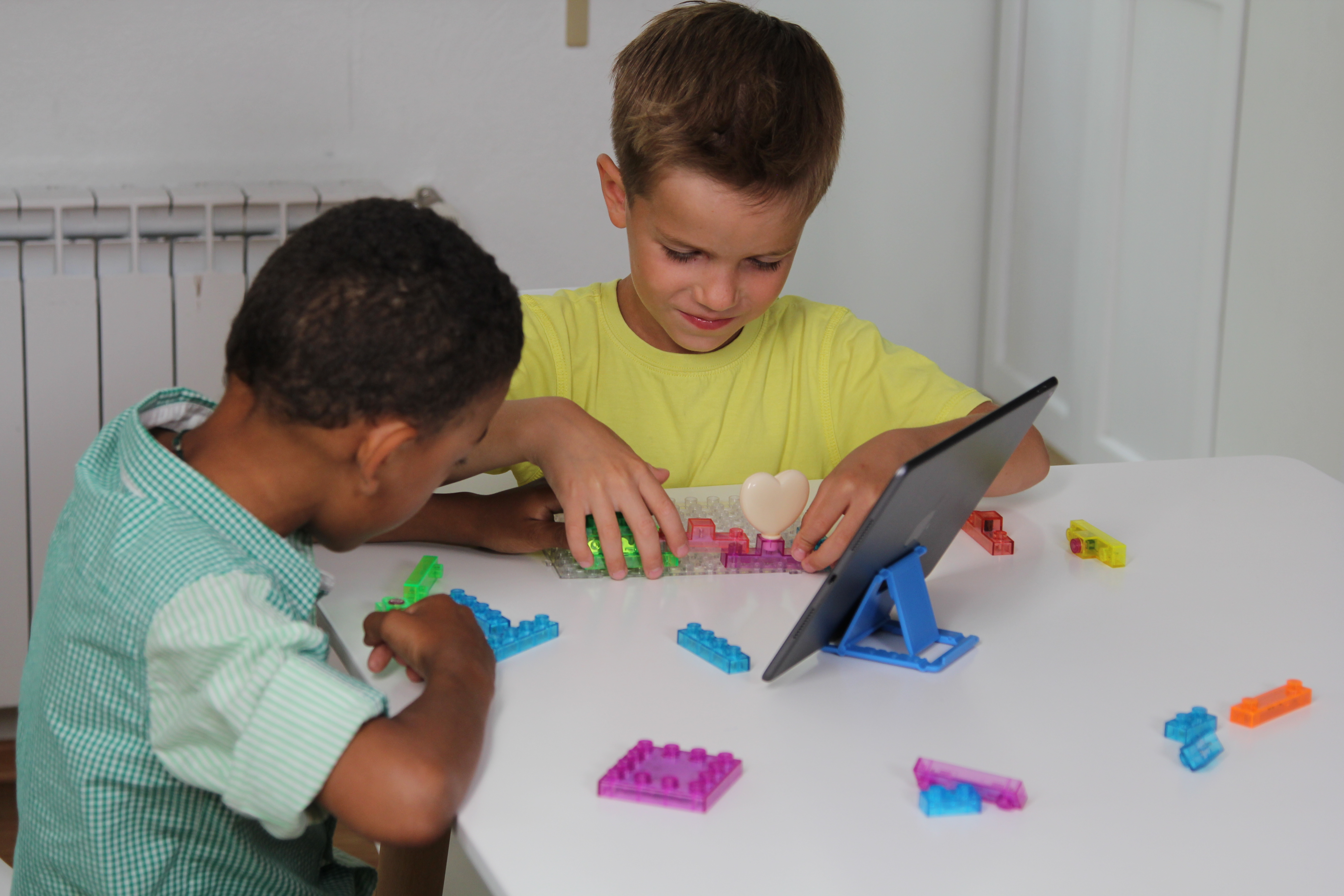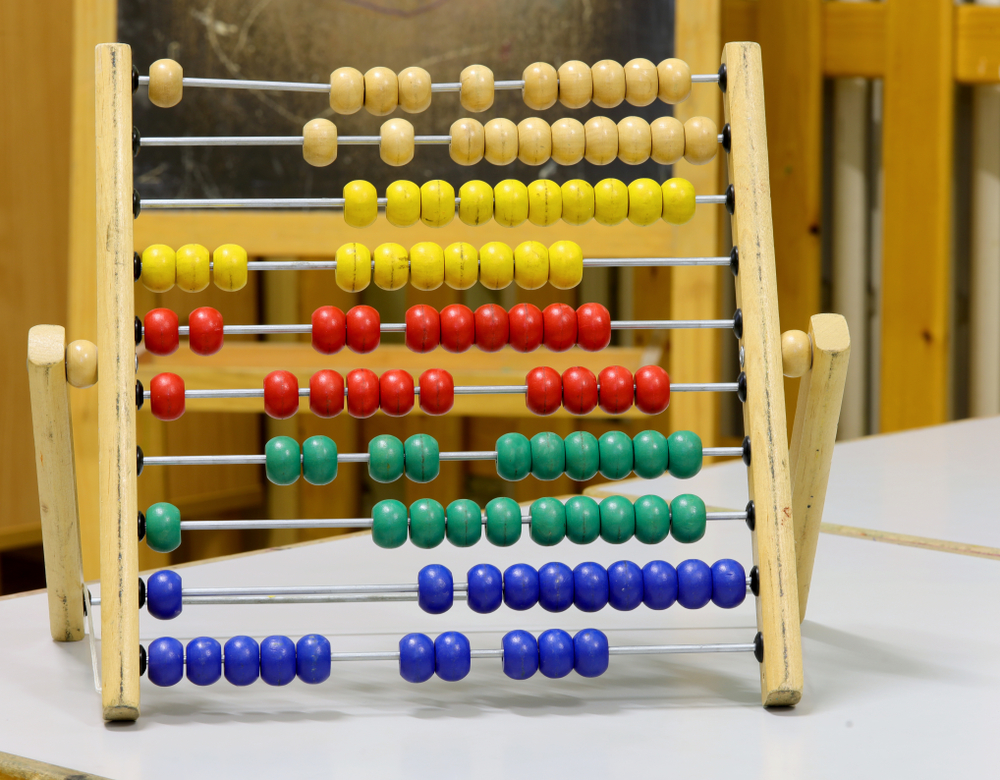Color recognition practice Worksheets for Kids
1 filtered results
-
From - To


Lights for Safety Worksheet
Question/Answer
How does the mastery of the Color recognition practice skill affect a student's performance at an early age?
The mastery of color recognition at an early age significantly enhances a student's cognitive development, visual learning, and language skills. It aids in categorization, which is essential for mathematics and science learning, improves memory by creating visual associations, and fosters creativity.
What does the Color recognition practice skill mean when it comes to Grade 1 Physical Science learning?
The color recognition practice skill in Grade 1 Physical Science learning involves teaching students to identify and differentiate colors, an essential part of their early scientific observations. This skill helps them to understand and categorize objects in their environment, laying the foundation for more complex concepts in physical science, such as light, reflection, and properties of materials.
How to test a Grade 1 student’s Color recognition practice skills?
To test a Grade 1 student's color recognition skills, use flashcards of various colors, asking the child to name each color as shown. Alternatively, provide colored objects for identification or coloring activities where they must apply specific colors to designated areas. Ensure to assess recognition of primary, secondary, and common colors to gauge their understanding accurately.

 Assign to the classroom
Assign to the classroom











